It’s no secret that smartphone prices are getting out of hand. A four-digit price tag is considered the new norm among flagships. Every year, smartphone OEMs develop cutting-edge hardware improvements and features that promise to revolutionize our lives. But do we need all those bells and whistles? And more importantly, should we pay a premium for them?
No Thanks, Keep Reading
In this post, I go over seven phone features that, while undeniably cool, I would happily sacrifice for a lower price tag. These are some of the nice-to-haves that often skyrocket the cost of an Android phone or iPhone without significantly enhancing the user experience.
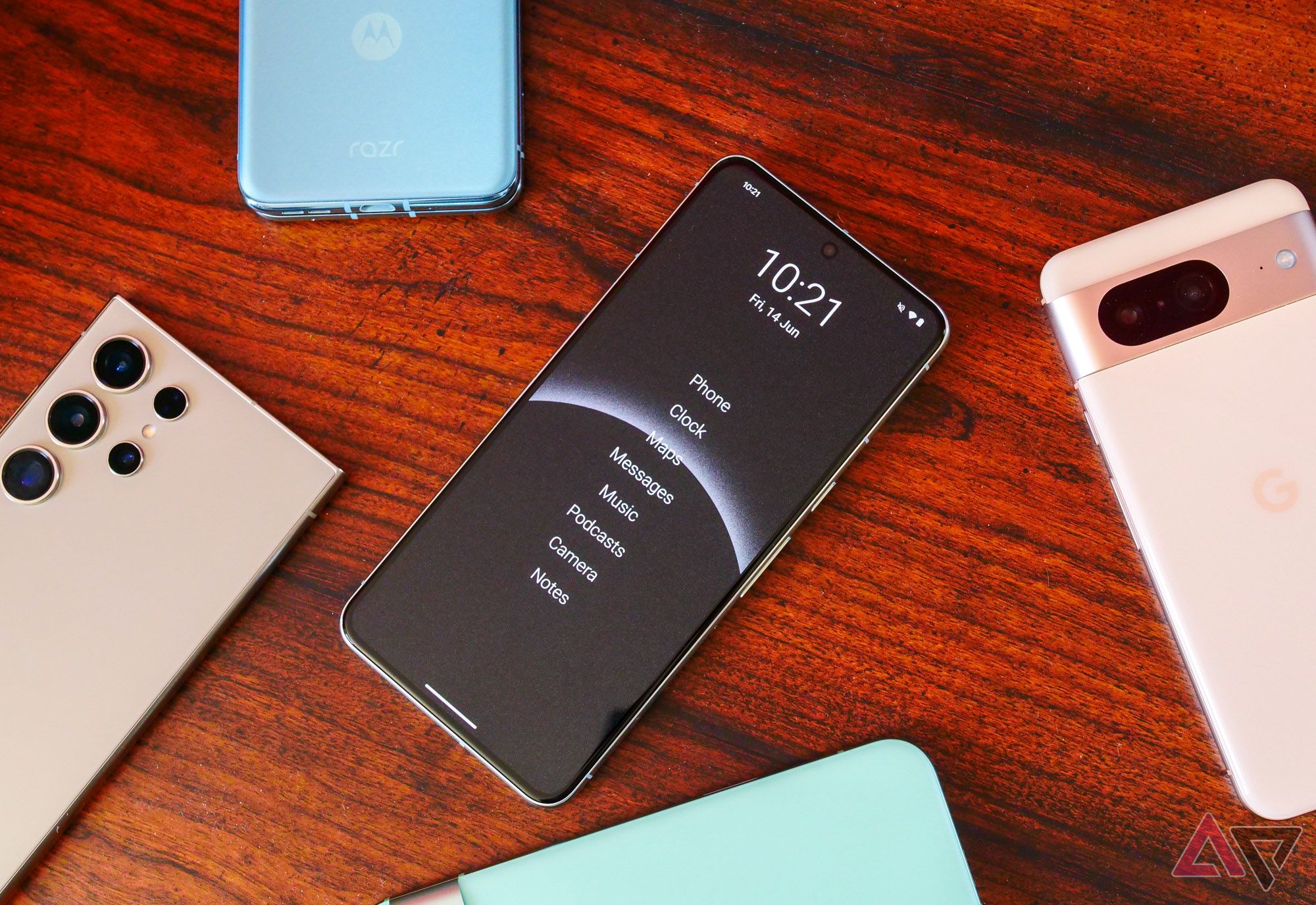
Related
7 The titanium frame is durable but expensive
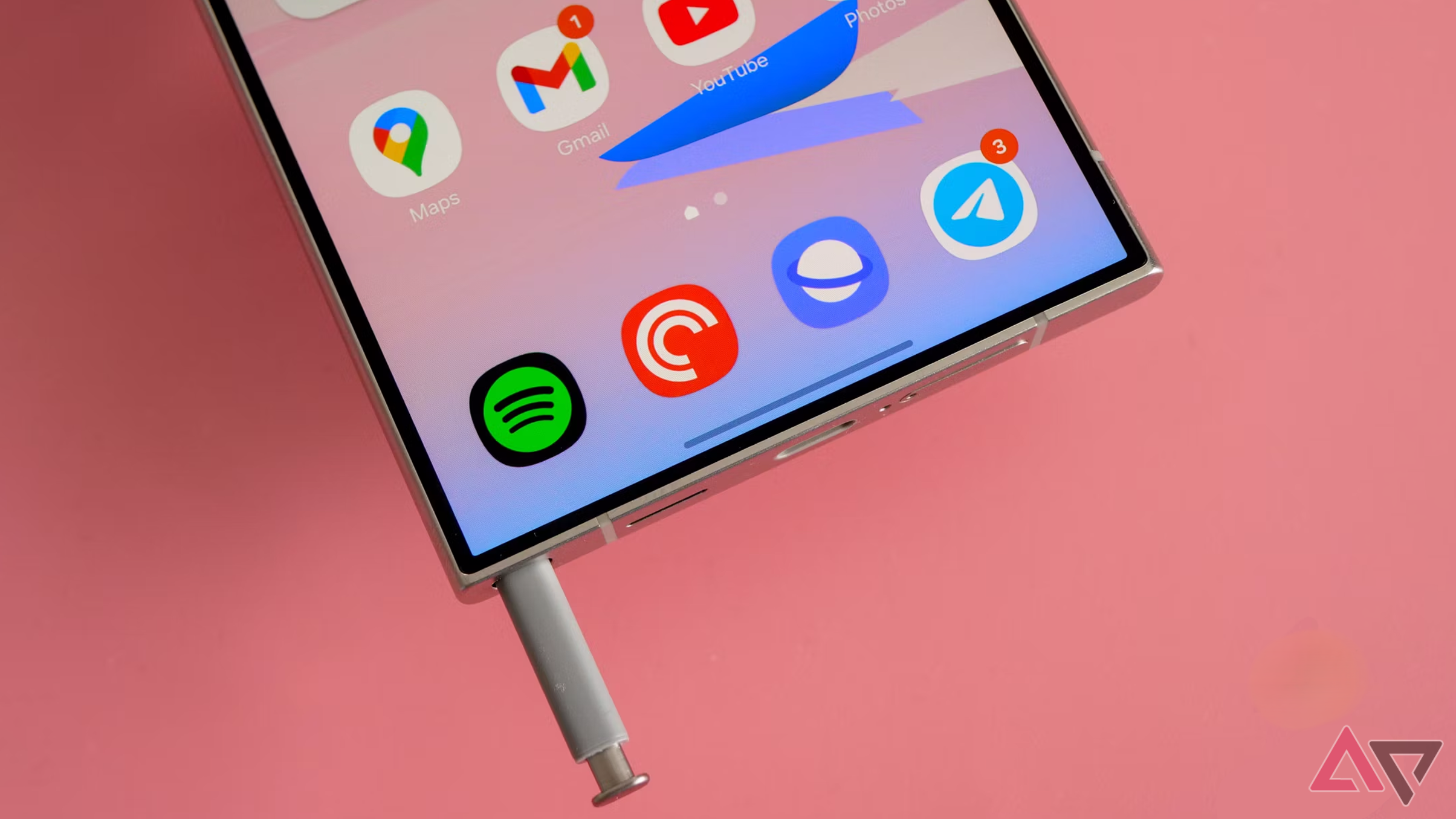
While a titanium frame sounds cool on paper, it comes at a cost that many users might be unable to justify. After all, titanium is more expensive to manufacture than other materials like aluminum or stainless steel. Although titanium is theoretically stronger, lighter, and more durable, a high-quality stainless-steel frame with a polished finish can provide comparable protection without compromising aesthetics or increasing costs.
Titanium is lighter than stainless steel, but the actual weight saved in a phone frame can be negligible. Let’s take Samsung’s latest flagships, for example. Despite the switch to titanium, the weight difference between a Samsung Galaxy S23 Ultra and a Galaxy S24 Ultra is a negligible two grams (234 grams vs. 232 grams).
The Samsung Galaxy S23 Ultra and S24 Ultra sport the same display and battery size.
Also, I invest in a good-quality protective case when I purchase a premium device to avoid unpleasant surprises. This effectively negates any weight savings or feel difference from the frame material.
6 Wireless charging can be slow
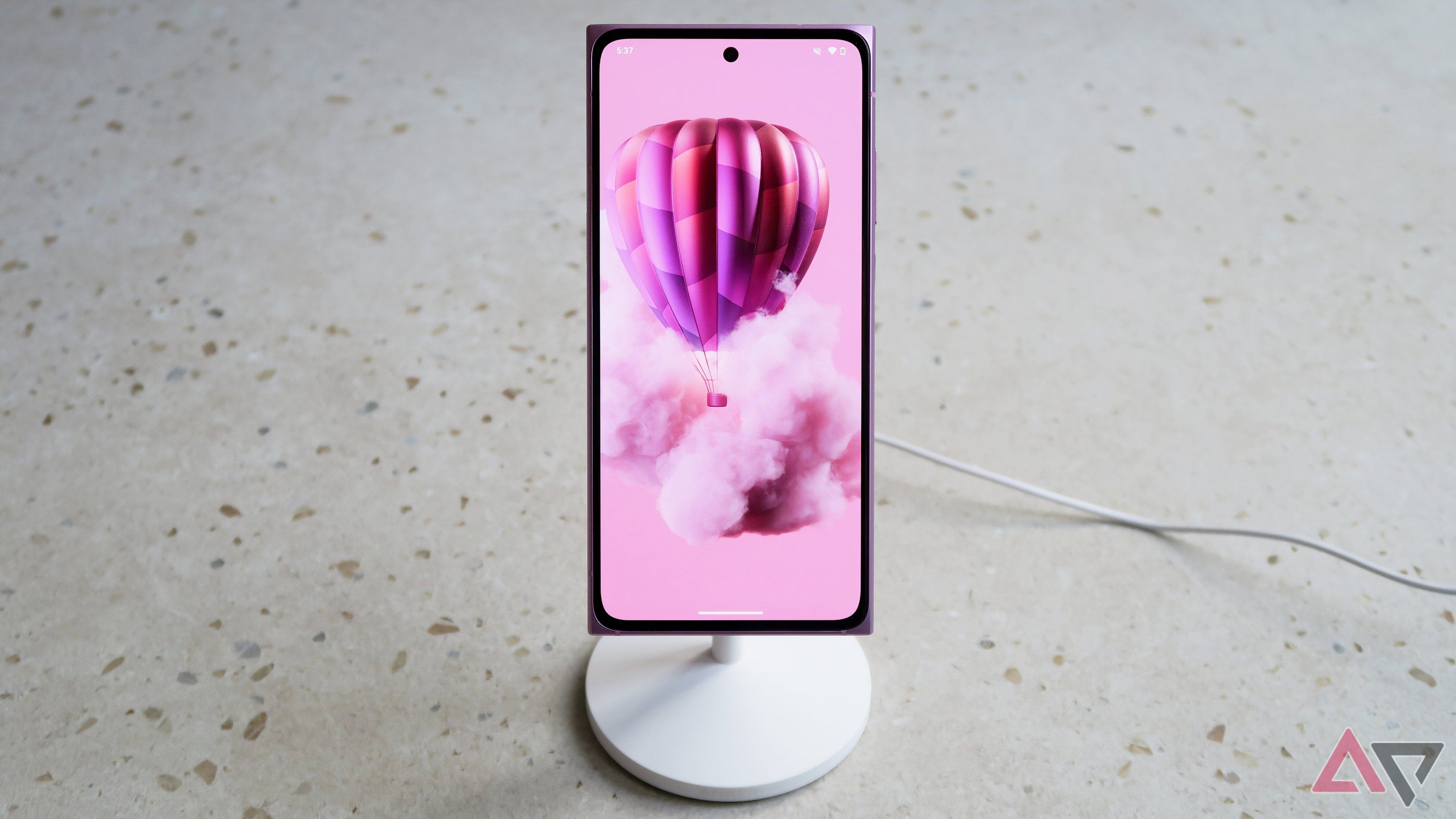
While wireless charging offers a certain level of convenience, I often question its value proposition. Most wireless charging standards are notoriously slow, often generating significant heat that can impact device battery health. Don’t get me started on how often wireless charging stopped on my device due to strong vibrations caused by notifications and calls.
They also require an additional accessory, which adds to the cost and clutter. I would rather see manufacturers prioritize high-speed wired charging (looking at you, Samsung). A quick 15-minute wired charge can often provide more battery juice than an hour of wireless charging.
5 The macro camera takes low-resolution images
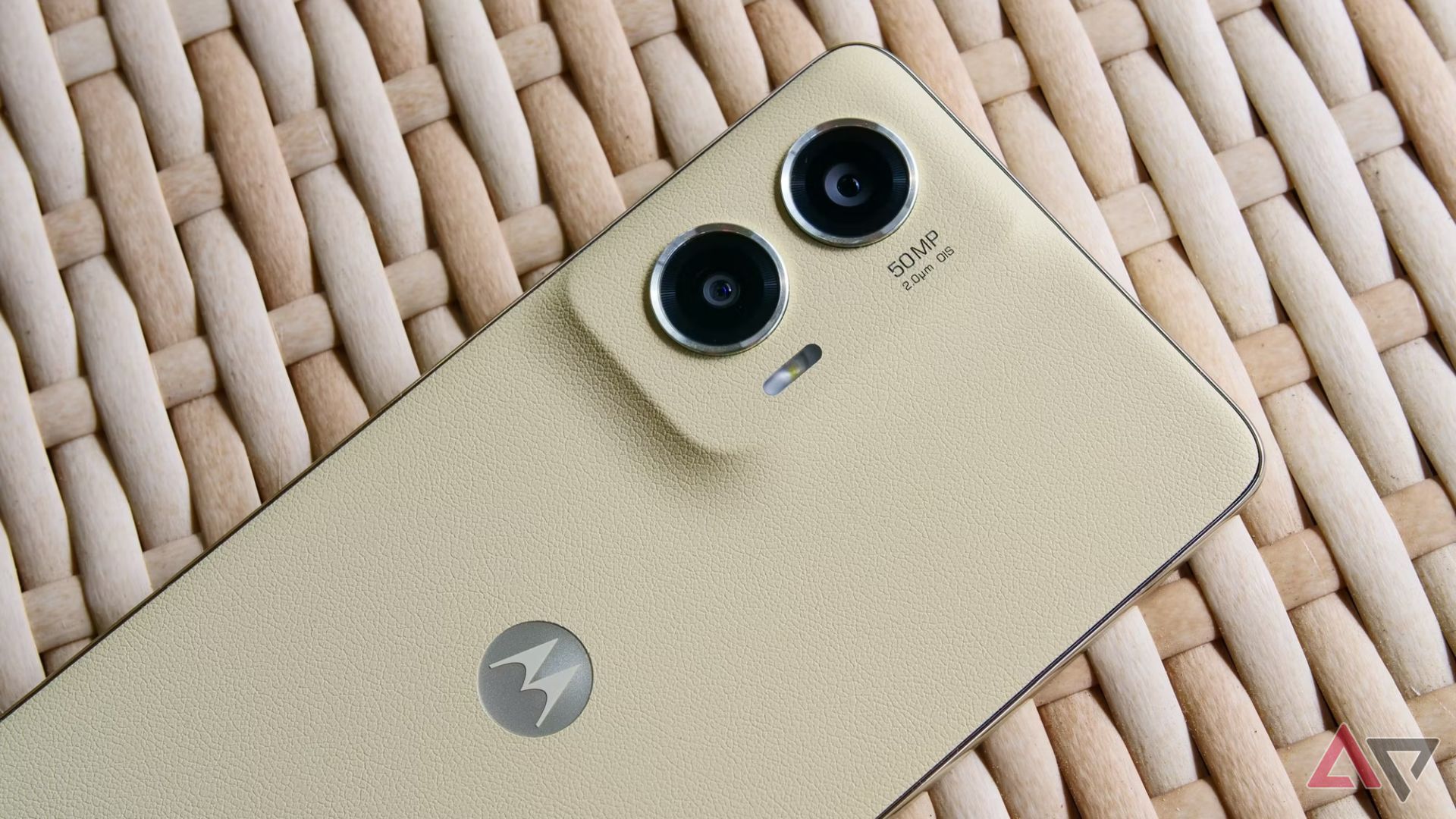
Although the idea of capturing extremely close-ups might sound appealing, the reality is that these dedicated macro cameras often fall short in terms of image quality and practicality. Most manufacturers offer such cameras to improve their camera specs sheet. It doesn’t add any value to your photography experience.
Most macro cameras typically have low megapixel counts, resulting in images that lack detail and clarity. This defeats the purpose of capturing close-up shots. Also, how often do you need to photograph a flower petal’s texture or an insect’s eye? To me, it feels like a novelty that wears off after a week or two.
Manufacturers like Apple already use ultra-wide lenses to focus on objects extremely close (like within 2cm). Such a neat implementation eliminates the need for a separate, dedicated macro camera. It’s more efficient and delivers better image quality.
4 The latest Gorilla Glass isn’t much of an improvement
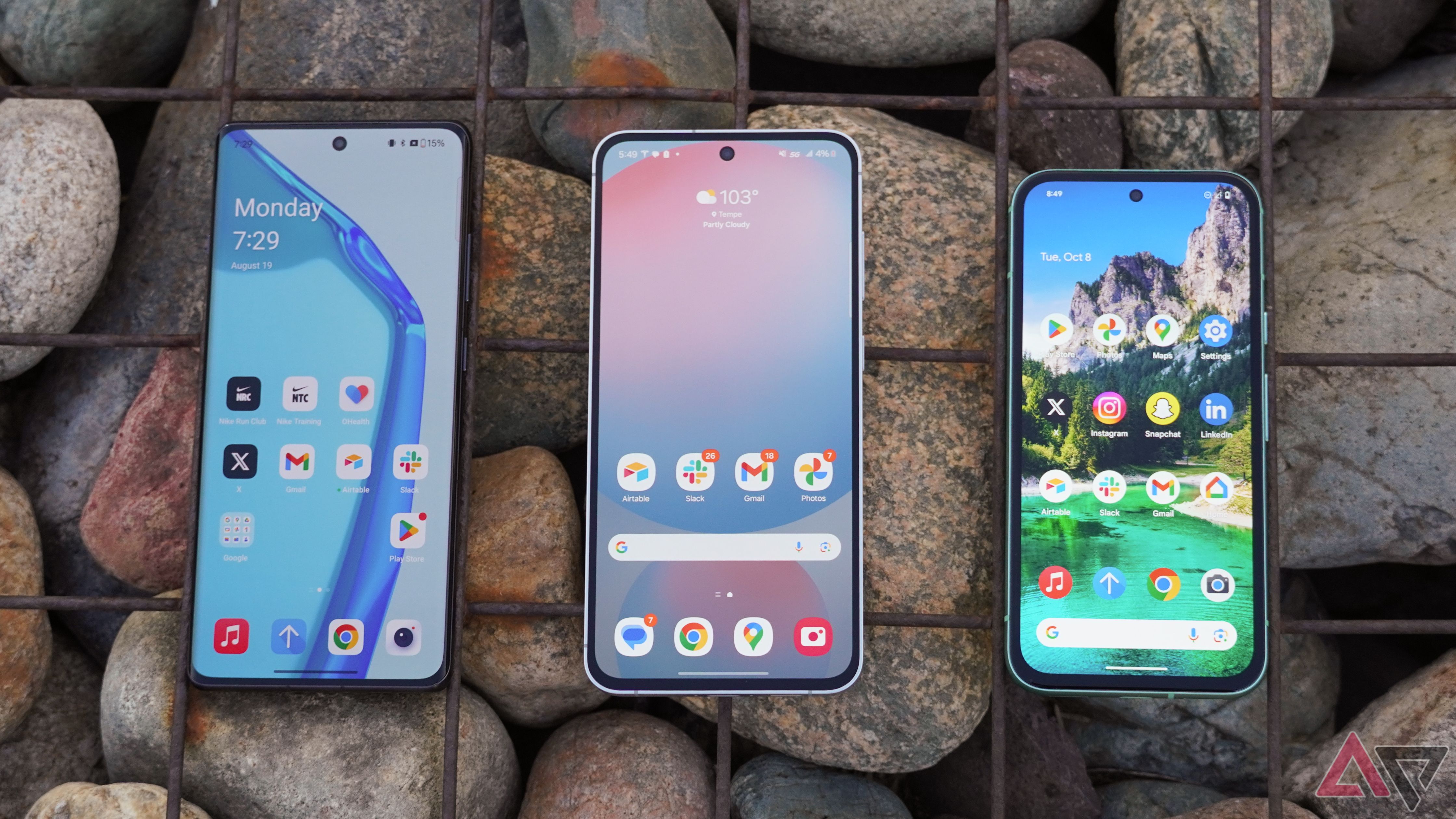
Corning’s Gorilla Glass is the most popular glass on smartphones. While each generation brings incremental improvements in scratch and drop resistance, the reality is that these advancements increase the device BOM (Bill of Materials). For the average consumer, the difference between the latest Gorilla Glass and the previous generation is often negligible.
I’m fine with a previous generation of Gorilla Glass as I apply high-quality tempered glass from day one. This adds an extra layer of defense that effectively negates any minor differences in the underlying Gorilla Glass version. I also use a protective case to reduce the risk of damage from drops, making the specific Gorilla Glass version on the rear even less critical.
3 The curved display distorts images
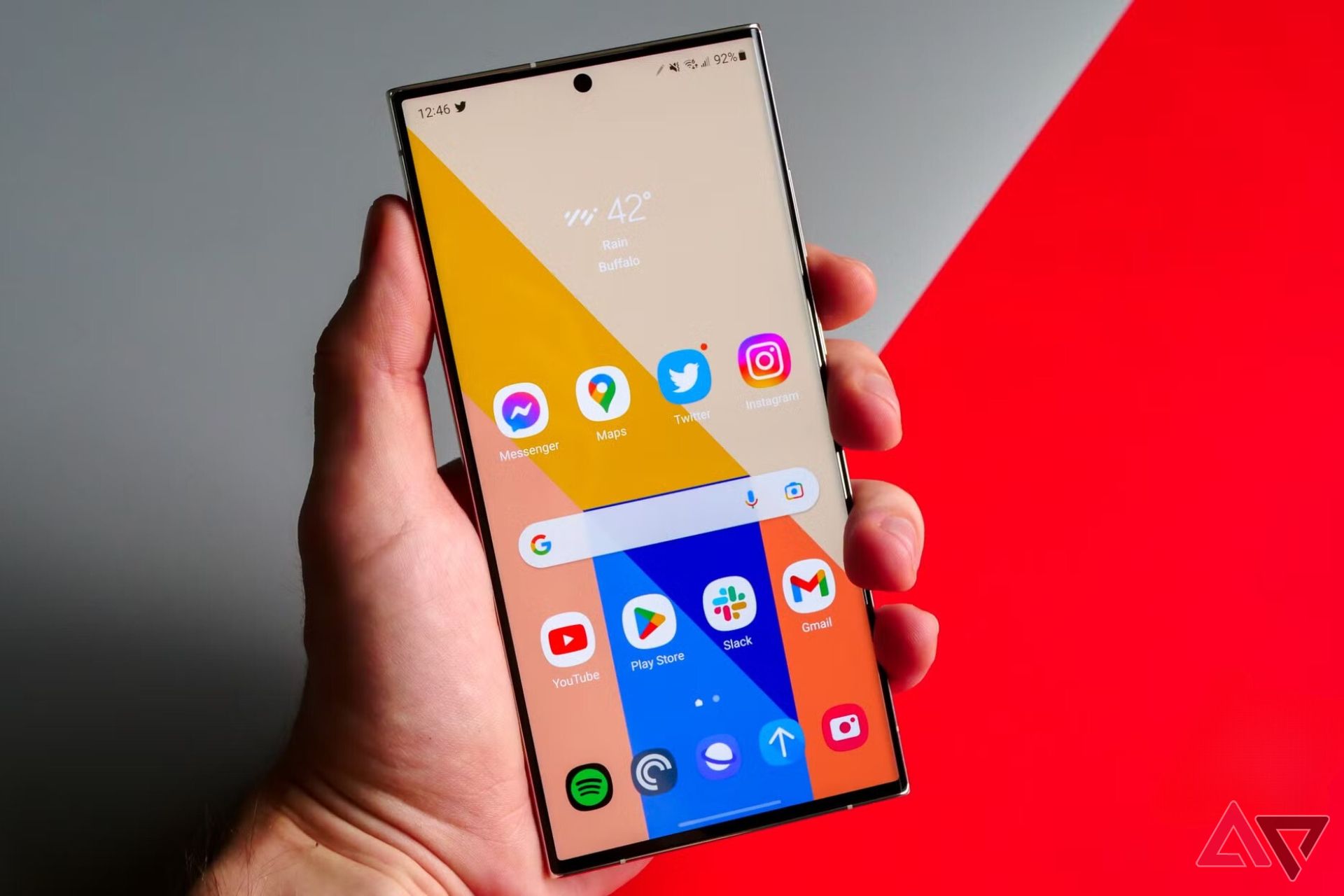
There is no doubt that curved screens look sleek and modern. However, they are not practical in daily use. Curved edges can distort images and videos at the edge of the screen. This can be distracting when watching videos or playing games. Flat displays offer a better grip as well as a distortion-free viewing experience.
Curved glass is more vulnerable to damage from drops and impacts. The edges are particularly susceptible to cracking or shattering. Besides, finding a good tempered glass screen protector for a curved display can be challenging. Samsung and Google have already ditched curved panels in favor of flat ones, and I expect Chinese OEMs to follow the trend soon.
2 The latest camera sensor is unnecessary
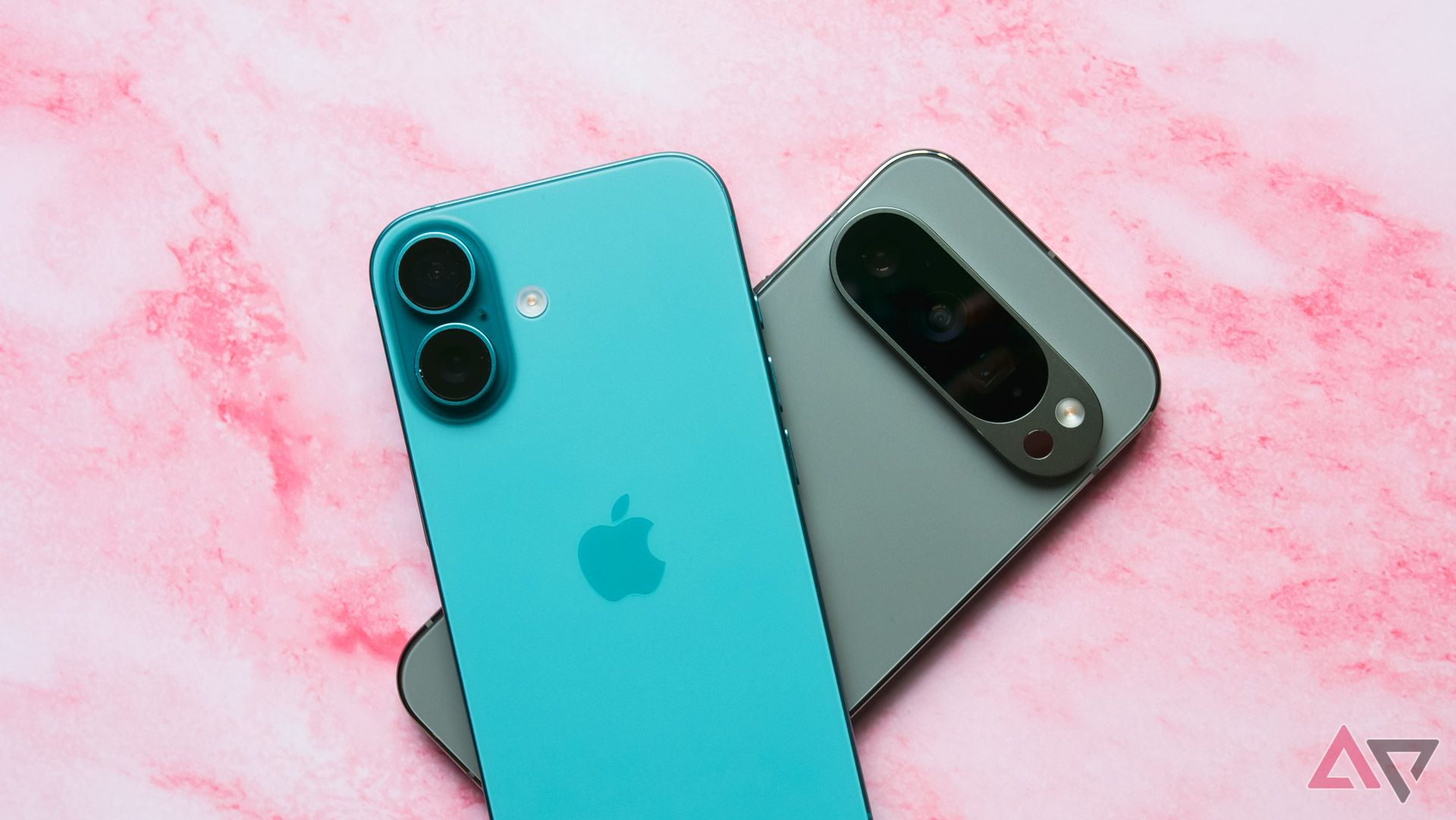
While the latest Sony IMX or Samsung ISOCELL sound impressive on paper, you don’t need them to unlock your smartphone camera’s full potential. Manufacturers should take a page from Google’s book to prioritize optimizing software algorithms and the power of the latest CPUs to improve image and video quality.
We’ve entered the era of computational photography, where software plays a crucial role in image processing. Using the same image sensors for a few years should give OEMs sufficient time to optimize them. For instance, Google’s Pixel lineup is known for delivering exceptional camera performance despite not having the latest or largest sensors. This is mainly due to their superior and ever-improving image processing algorithms.
1 Android’s facial biometrics can’t compete with Apple
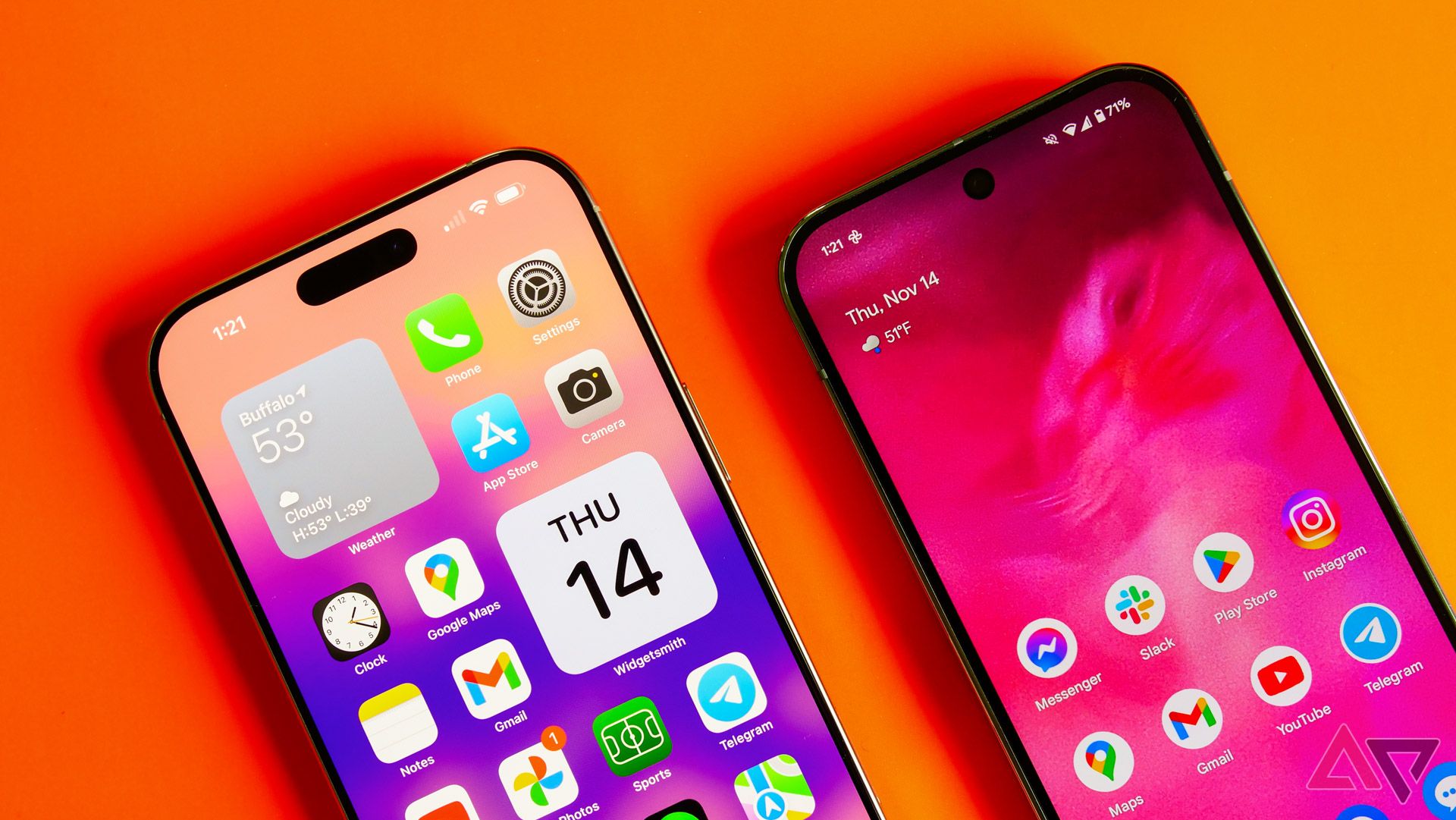
Since the introduction of the iPhone X in 2017, many Android OEMs have tried to implement Face unlock. However, they often fall short of the security and reliability of Apple’s solution. Here’s why manufacturers should focus on offering a single, reliable (ultrasonic over optical) in-display scanner. Offering multiple biometric options might seem like a good idea, but it often leads to a confused and less user-friendly experience.
Budget over bells and whistles
This is my wishlist to keep smartphone costs in check. Your preferences may vary. I believe a slightly older Gorilla Glass, Sony sensor, a reliable fingerprint scanner instead of Face unlock, and a high-grade aluminum frame can go a long way in delivering a satisfying smartphone experience without breaking the bank. If you recently bought a new Android phone, tweak these settings to get the best out of it.




